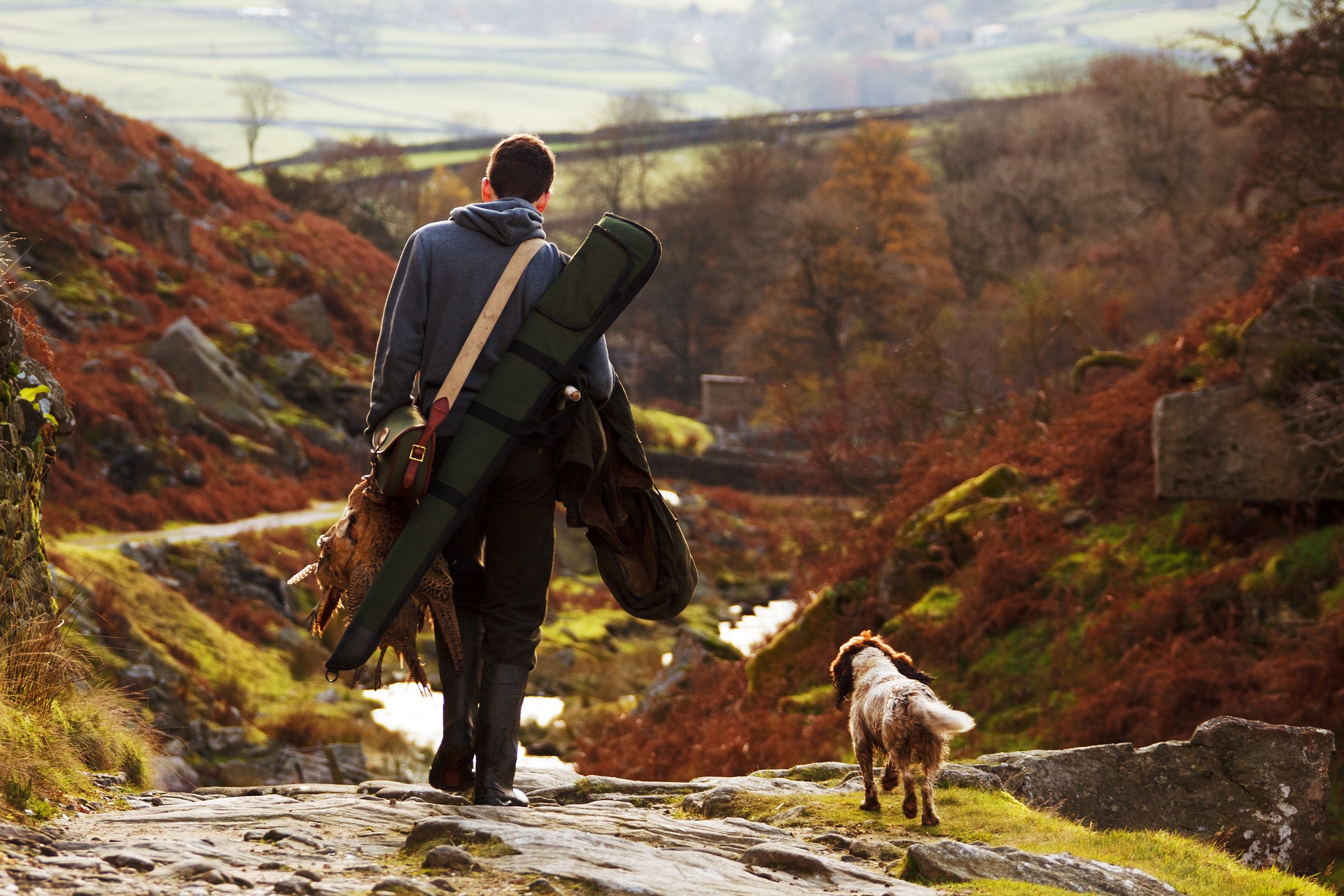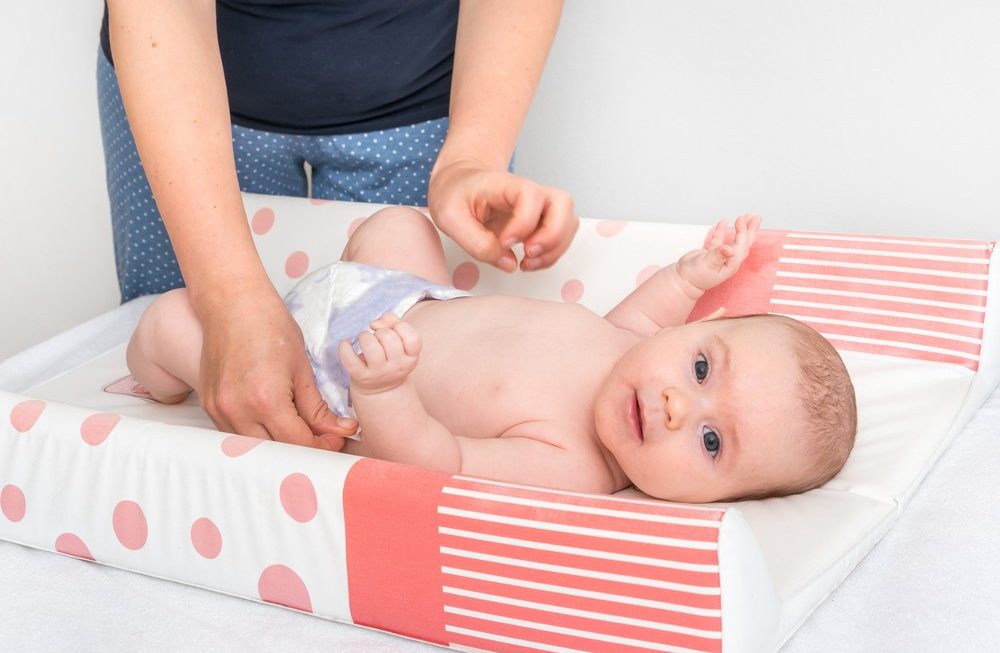When you’re going into the woods for an extended stay, it’s a good idea to take along a few things that make your time in the forest more comfortable. Suitable clothing can keep you warm and dry when it’s cold, cool and dry when it’s hot, and generally make your time in the elements as pleasant as possible.
On the other hand, the wrong clothing can cause discomfort, heat stress, chafing, sweat saturation, and other problems that take you away from your ultimate focus. This will likely seem like common sense to those who have been hunting their whole lives.
However, if you are new to hunting, we want you to be as prepared as possible before hitting the woods. With that in mind, here is everything you need to know about proper hunting clothes:
1. What to Wear When Hunting

There are a few key factors to remember when choosing the best hunting clothing, including the following:
- Comfort: How does the material feel against your skin? Does it irritate you? Does it feel comfortable and inviting? If you sit in one spot for hours, you don’t want clothing that will irritate you and keep you from being able to relax.
- Mobility: How easy is it to move around in your clothing? How easy is it to draw your bow and knock an arrow? If your clothing is too restrictive, it could get in your way and mess up your shot.
- Weather Resistance: What happens when the weather changes? Your clothing needs to go from warm and dry to cold and dry to protect you from the weather elements.
- Protection: Will your clothing protect you from insects and other harmful creatures? Also, what happens if an arrow goes through a piece of clothing? Can you get the blood out of it? You want to wear clothing that can protect you from anything that might happen on your hunt.
2. Layering for Comfort and Mobility
One thing that people often overlook is the importance of layering their clothing. For example, if you’re hunting in the fall, it may be pretty warm in the morning and then quite cold in the afternoon, depending on the weather conditions.
If you only wear one layer, you will get freezing once the temperature falls, even if you’re hunting in a warm climate. A much better plan is to wear a base layer of clothing (such as a long underwear shirt), then a layer of clothing that will keep you warm if it gets cold (such as a sweater), and a layer that will keep you dry if it’s raining (such as a rain jacket).
If you have to walk to your hunting spot, your clothing will get very hot and sweaty, so you also want to wear a layer that keeps you dry. If you’re going to wear a wool sweater, you might want to wear an under-layer of light clothing to keep your skin from getting too hot underneath the wool sweater.
The same is true if it’s freezing. You want to stay warm but not get too hot. An excellent way to do this is to wear a synthetic or wool sweater and a windproof outer layer such as a jacket or windbreaker.
3. Footwear Choices
While it may seem like your feet are low on the list of priorities when you’re gearing up for a hunt, it’s important to remember that your feet are the only parts of your body in contact with the ground. This makes your footwear choices all the more crucial.

Hunting boots are great for long hikes over rocky terrain and can be used as stand-hunting boots. However, they are not ideal for sitting in a tree stand, as they are more for ground hunting.
Hunting Shoes are great stand hunting boots as they are lightweight and easy to climb in and out of a tree stand. They are not as heavy-duty as hunting boots, so they are not ideal for long hikes.
Walking/Hiking Boots/Shoes are best for long hikes to and from your hunting spot. They come in a variety of materials and thicknesses to suit different conditions. Their advantage is that they are made for long walks. Their disadvantage is that they are not ideal for sitting in a tree stand.
4. The Importance of Good Gloves
Your hands are essential when you’re out in the woods. You use them to move through the brush, hold your bow, and draw your arrows. Your hands also get freezing when you’re out in the woods, so you want to ensure that you’re wearing gloves that will keep them warm.
If you’re hunting in the fall and winter, you want to ensure your gloves are thick enough to keep your hands warm. If you’re hunting in the summer, you want gloves that allow your hands to stay cool.
The best solution is to have a pair of gloves that you wear for the warm weather months and a pair for the cold weather months.
Conclusion
The hunting apparel market is continually growing. Ultimately, what you wear is up to you and what you feel comfortable in. You’ll be in good shape if you pay attention to comfort, mobility, weather conditions, and protection from insects and other harmful creatures. Remember that wearing those comfy hunting clothes makes you much less likely to get out of your chair and go out into the woods.



